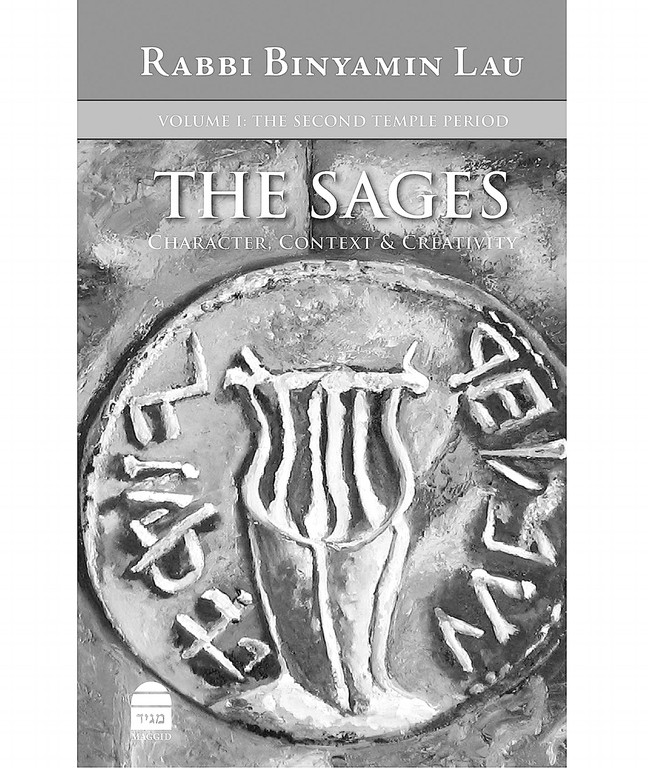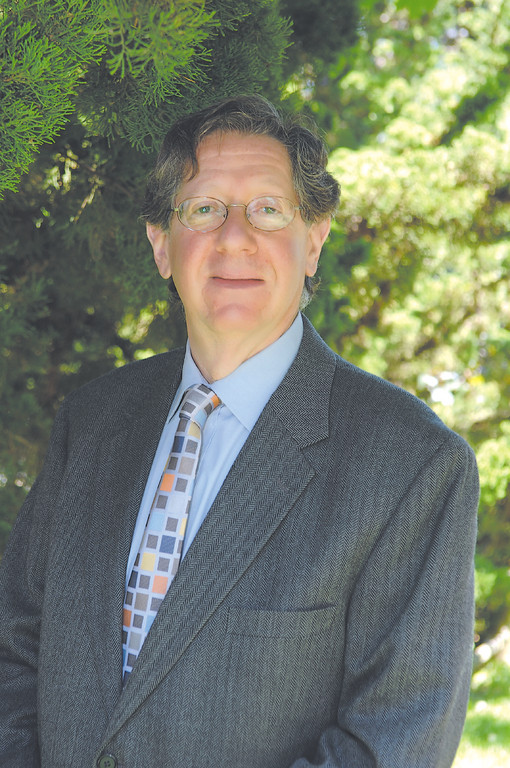The Kosher Bookworm Our Sages in Pirkei Avot: Their Biographies
Perhaps the most popular tractate of the Talmud among our people is the Mishnah Avot.
What is unique to this particular book of the Talmud is that, unlike the other tractates, this one is a book of ethics not law.
Also, this tractate, unlike the others, can be found in its entirety in most prayer books after the Shabbat afternoon minchah service.
According to our tradition, Avot is read and learned on the Shabbat afternoons between Pesach and Shavuot, and for many till Rosh Hashanah, thus further enhancing its profile and popularity among our people.
One aspect of the study of Avot has been the almost total absence of the literary treatment of the biographies of the sages who inhabit the pages of this valued work…that is until now.
In 2007, Rabbi Dr. Binyamin Lau authored, in Hebrew, a three-volume set of books entitled, “The Sages” and, in 2010, the first volume dealing with the sages of the second Temple period was published in English translation by Michael Prawer. This volume gives Avot a new dimension since it fully presents the biographies of all the major sages quoted in Avot, describing in detail their backgrounds and diverse points of view as reflected in their teachings and studies.
Rabbi Lau is a well-known community leader in Jerusalem, long active as a social activist.
He founded Beit Morasha’s Moshe Green Beit Midrash for Women and directs the Beit Midrash for Social Justice.
Further, Rabbi Lau serves as the rabbi at Jerusalem’s famed Ramban Shul and is a lecturer on Halacha at Bar Ilan University.
He learned at Yeshivat Har Etzion and received a Ph.D. in Talmud from Bar Ilan University.
“The Sages: Volume One” [Maggid Books / Koren, 2010] is organized into five parts, each focusing upon a different historical period, starting from the establishment of the Men of the Great Assembly, the eras of the zugot (pairs), the role that disputes play in the establishment of law, the legacies of Hillel, Shammai and their students, all culminating in the era of the destruction of the Temple.
Each chapter is capped at the beginning with a thematically relevant quote from Pirkei Avot, thus giving the personalities described therein a direct tie to the Talmudic text.
Rabbi Lau, in his introduction, goes to great lengths in describing his method. The following is but a short exert of this:
“In this book, I attempt to trace the development of Jewish thought as formulated by the sages of the Second Temple period. This necessitated a deep examination of the breadth of scholarly literature: philological, historical, Talmudic and philosophic.”
“The examination of the teachings of the Second Temple sages is an attempt to listen to and contemplate world history and the teaching of the Jewish sages.”
Within the covers of this work the sages of Pirkei Avot come to life both in their deeds and by their words. It offers you, as the reader and learner, a unique perspective of the sages, wherein you get to view them as individuals with unique teachings, points of view, as well as having human feelings and opinions that are reflective of the time of their lives.
Reading this work together with the teachings of Avot will surely further enhance your appreciation of the ethical messages being taught by these sages.
Another related work entitled “Sages of the Talmud” [Urim Publications, 2009] can serve as an apt supplement to any study of the Talmud. This work, by Rabbi Mordechai Judovits, is a collection of biographical information on the lives, sayings, and stories of 400 sages of the Talmud. All material contained herein is referenced for further study by you and will surely give you a better perspective of the reasoning behind the thoughts, opinions, and actions of these sages.
Rabbi Judovits is a Holocaust survivor who was deported with his family to Auschwitz in 1944 and liberated the next year. After the war he immigrated to the United States and currently lives in Boca Raton.
FOR FURTHER STUDY
I am happy to bring to your attention that the latest edition of the distinguished journal of Jewish law and thought, “Hakirah” volume 13 / spring 2012 is now available at most local book stores.
Among the topics discussed within this work are, “When Unity Reigned” by Rabbi Elazar Muskin, detailing the time, 1954, when Mizrachi and Agudah joined together in Cleveland to sponsor that year’s Yom Ha’atzma’ut celebration.
Another article deals with, “Should School Children of Varying Backgrounds and Levels of Observance be Segregated,” by one of our nation’s leading Jewish educators, Rabbi Dr. Aharon Hersh Fried. Also to be found in this issue is a very timely essay entitled “High-Handed Transgression: Chillul Hashem as a Category,” by Flatbush businessman, David Guttmann.

 61.0°,
Mostly Cloudy
61.0°,
Mostly Cloudy 







